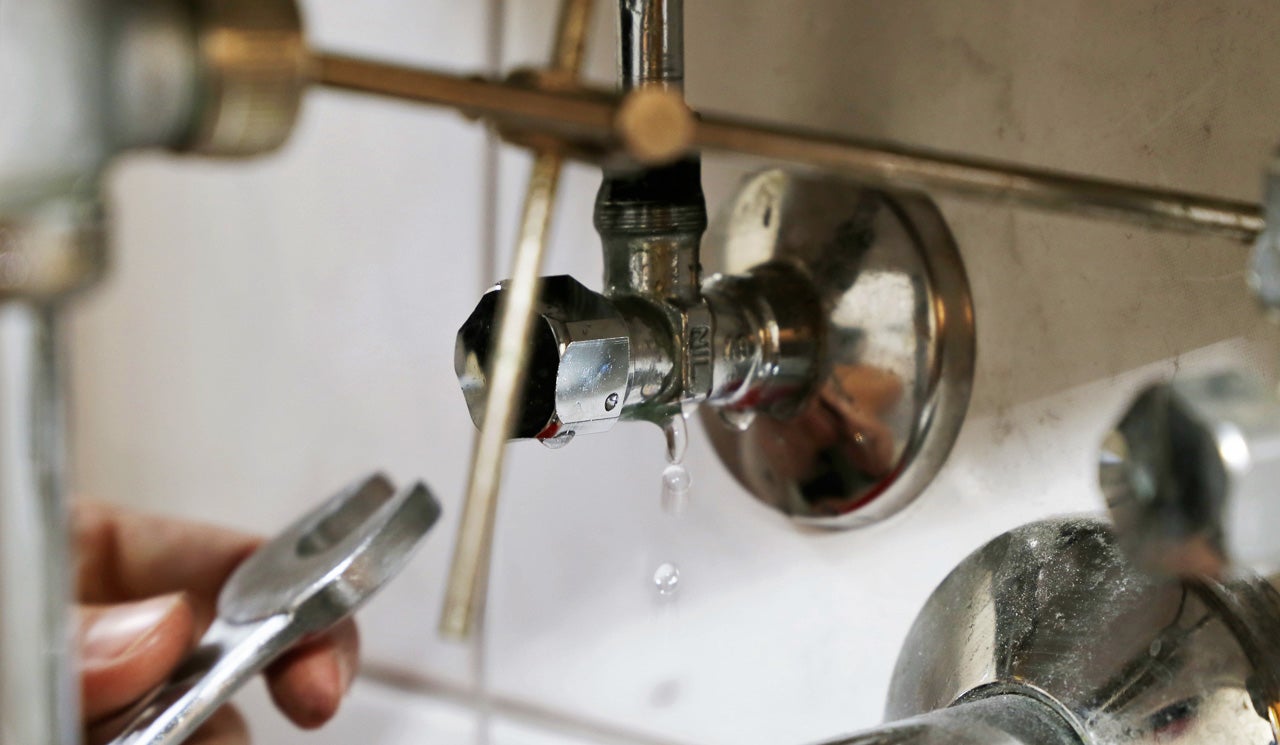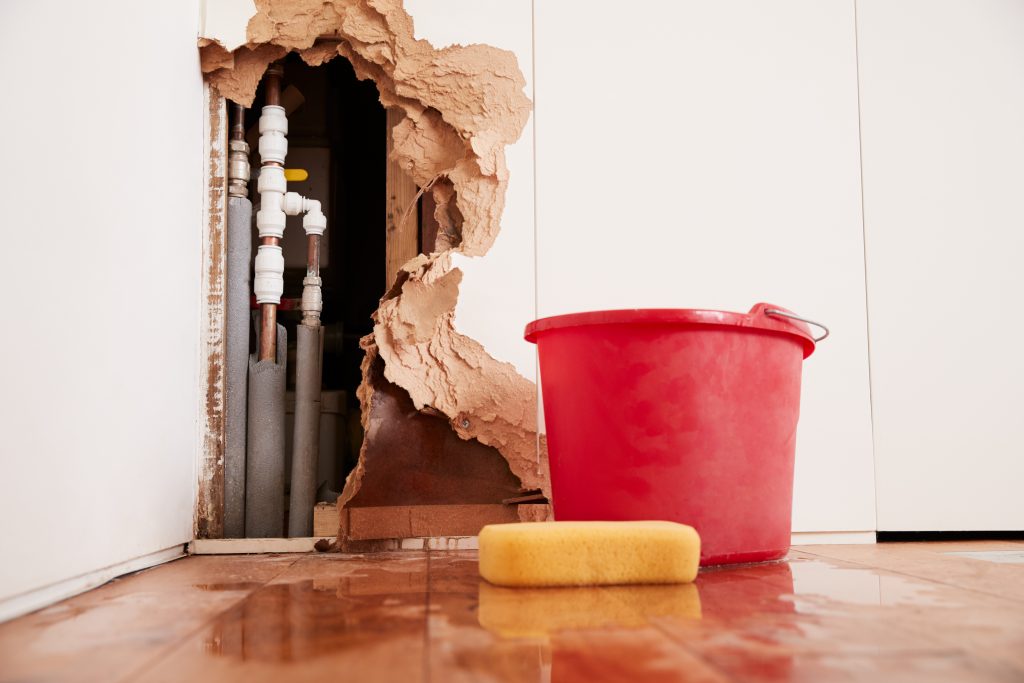6 Ways to Locate Hidden Water Leakages in Your Residence
6 Ways to Locate Hidden Water Leakages in Your Residence
Blog Article
Just about every person seems to have his or her own theory involving Finding hidden leaks.

Early detection of leaking water lines can reduce a possible calamity. Some tiny water leaks may not be visible.
1. Take A Look At the Water Meter
Every residence has a water meter. Checking it is a guaranteed way that aids you find leaks. For starters, turn off all the water sources. Make sure no one will certainly purge, use the faucet, shower, run the washing machine or dish washer. From there, go to the meter and also watch if it will alter. Since no one is using it, there should be no motions. That suggests a fast-moving leak if it moves. Likewise, if you detect no changes, wait a hr or two as well as inspect back once again. This means you might have a slow-moving leakage that can even be underground.
2. Inspect Water Intake
If you find abrupt modifications, despite your usage being the exact same, it indicates that you have leakages in your plumbing system. An abrupt spike in your expense suggests a fast-moving leakage.
A stable boost every month, even with the very same practices, reveals you have a slow leakage that's also gradually rising. Call a plumber to thoroughly examine your residential property, especially if you feel a cozy location on your floor with piping beneath.
3. Do a Food Coloring Test
30% comes from toilets when it comes to water usage. Examination to see if they are running effectively. Decline specks of food shade in the container and wait 10 minutes. If the shade in some way infiltrates your dish during that time without flushing, there's a leak between the container and bowl.
4. Asses Outside Lines
Don't forget to examine your exterior water lines too. Should water permeate out of the link, you have a loose rubber gasket. One tiny leakage can lose heaps of water as well as spike your water bill.
5. Inspect and also Examine the Circumstance
Property owners must make it a routine to check under the sink counters and also also inside cabinets for any kind of bad odor or mold growth. These 2 red flags show a leakage so prompt focus is called for. Doing regular evaluations, also bi-annually, can save you from a significant issue.
Check for discolorations as well as compromising as a lot of pipes as well as appliances have a life span. If you believe dripping water lines in your plumbing system, don't wait for it to intensify.
Early discovery of leaking water lines can reduce a prospective calamity. Some little water leaks may not be noticeable. Inspecting it is a proven means that helps you discover leaks. One small leak can squander heaps of water and also increase your water costs.
If you believe dripping water lines in your plumbing system, do not wait for it to escalate.
WARNING SIGNS OF WATER LEAKAGE BEHIND THE WALL
PERSISTENT MUSTY ODORS
As water slowly drips from a leaky pipe inside the wall, flooring and sheetrock stay damp and develop an odor similar to wet cardboard. It generates a musty smell that can help you find hidden leaks.
MOLD IN UNUSUAL AREAS
Mold usually grows in wet areas like kitchens, baths and laundry rooms. If you spot the stuff on walls or baseboards in other rooms of the house, it’s a good indicator of undetected water leaks.
STAINS THAT GROW
When mold thrives around a leaky pipe, it sometimes takes hold on the inside surface of the affected wall. A growing stain on otherwise clean sheetrock is often your sign of a hidden plumbing problem.
PEELING OR BUBBLING WALLPAPER / PAINT
This clue is easy to miss in rooms that don’t get much use. When you see wallpaper separating along seams or paint bubbling or flaking off the wall, blame sheetrock that stays wet because of an undetected leak.
BUCKLED CEILINGS AND STAINED FLOORS
If ceilings or floors in bathrooms, kitchens or laundry areas develop structural problems, don’t rule out constant damp inside the walls. Wet sheetrock can affect adjacent framing, flooring and ceilings.
https://www.servicemasterbyzaba.com/blog/how-to-detect-water-leakage-in-walls/

Do you like reading about Detecting hidden plumbing leaks? Make a review down below. We'd be interested to listen to your responses about this blog. We are looking forward that you visit us again in the future. If you please set aside a second to share this write-up if you liked it. I enjoy reading our article about Top leak detection hacks.
Report this page